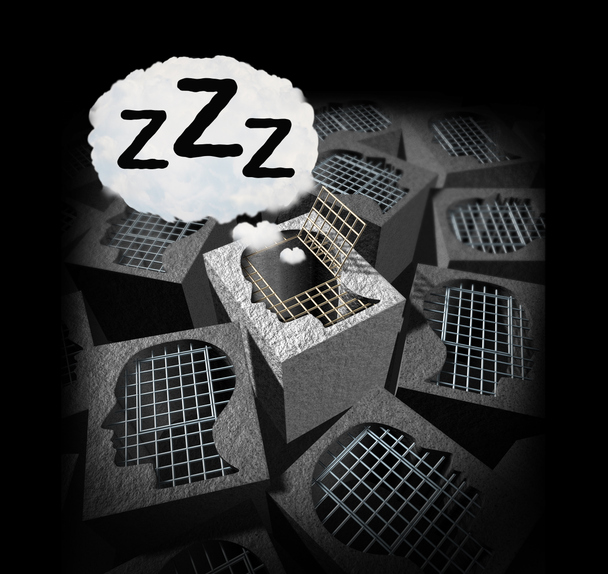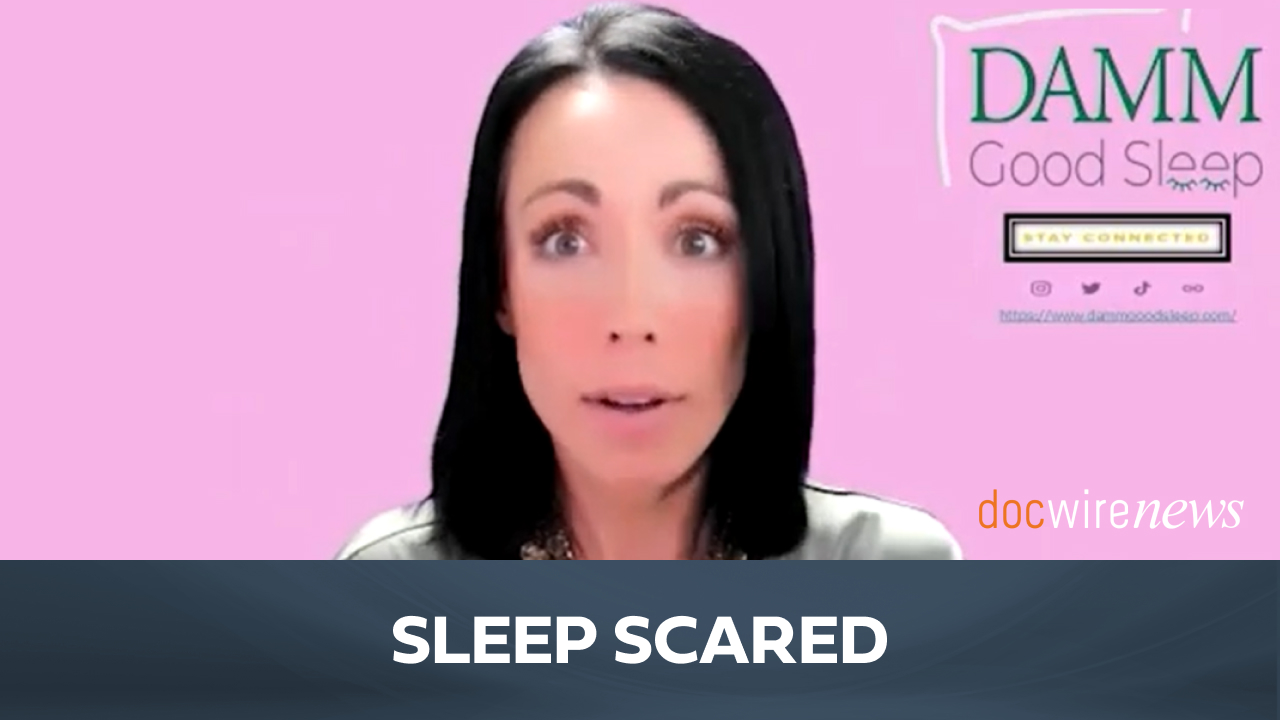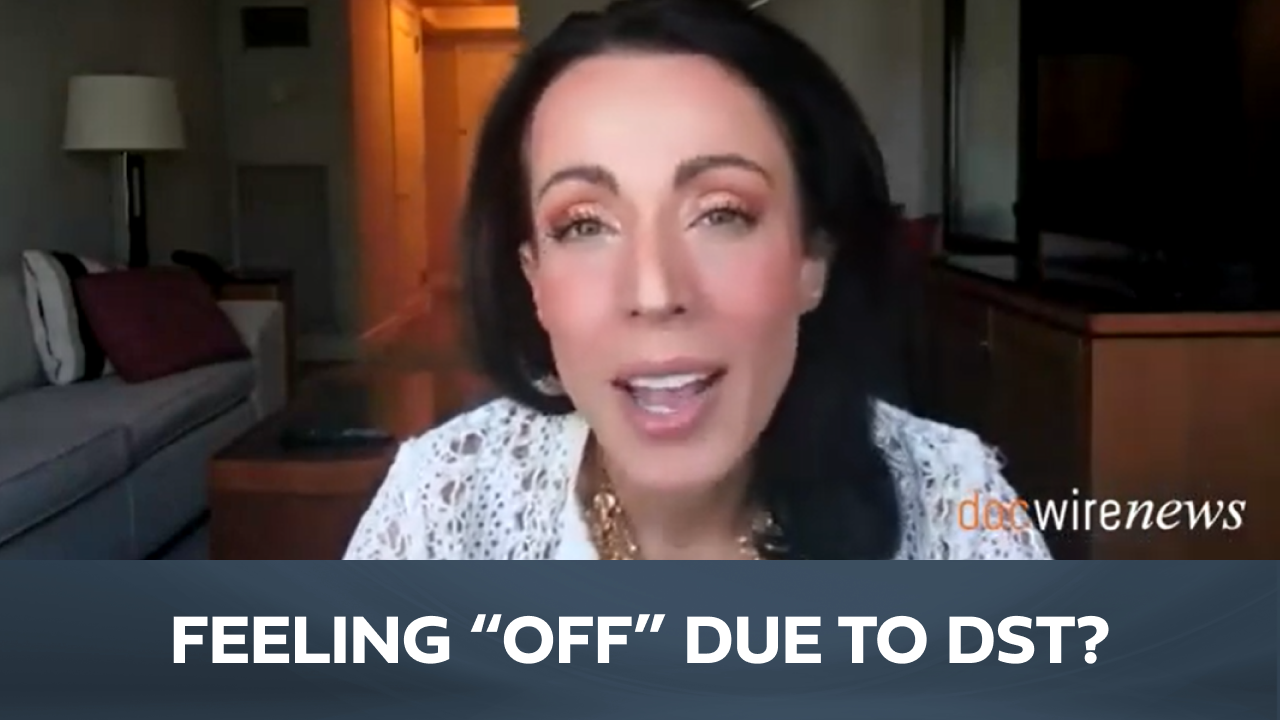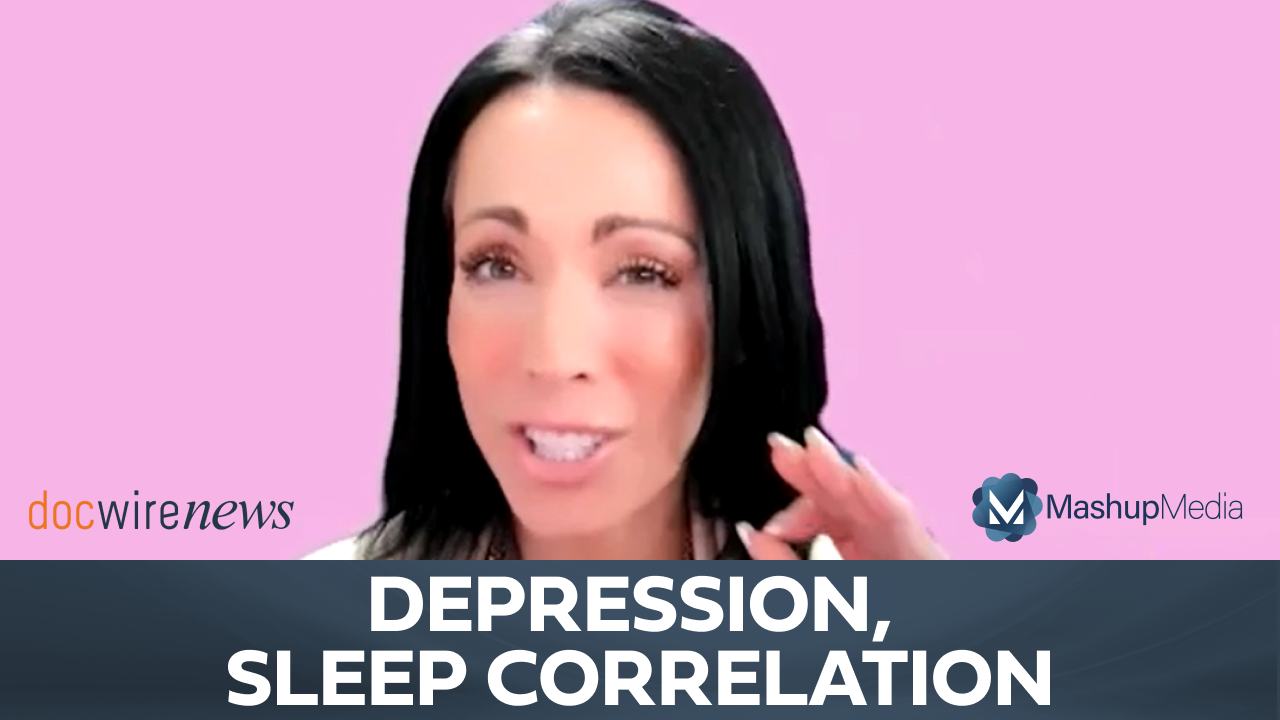
Researchers from Mount Sinai developed an artificial intelligence (AI)-powered algorithm that may improve the diagnosis of REM sleep behavior disorder (RBD). The findings were published this month in the journal of Annals of Neurology.
RBD is a common sleep disorder characterized by abnormal movements, or the physical acting out of dreams, during the rapid eye movement (REM) phase of sleep. The condition impacts more than one million people in the United States and, in nearly all cases, represents an early sign of Parkinson’s disease or dementia.
The researchers noted that RBD is challenging to diagnose because its symptoms can go unnoticed or be confused with other diseases. To yield a definitive diagnosis, researchers need to conduct a sleep study with the use of sleep-monitoring technology. Typically, while video data is systematically recorded during a sleep test, it is rarely reviewed and often discarded after analysis.
In this analysis, the Mount Sinai team replicated and expanded a proposal for an automated machine learning analysis of movements during sleep studies. The dataset they assessed included analysis of recordings at a sleep center of about 80 RBD patients and a control group of about 90 patients without RBD who had either another sleep disorder or no sleep disruption. Subsequently, the researchers assessed five features of short movements to achieve the highest accuracy to date by researchers of 92%.
“This automated approach could be integrated into clinical workflow during the interpretation of sleep tests to enhance and facilitate diagnosis, and avoid missed diagnoses,” said corresponding author Emmanuel During, MD, Associate Professor of Neurology (Movement Disorders), and Medicine (Pulmonary, Critical Care and Sleep Medicine), at the Icahn School of Medicine at Mount Sinai via a press release. “This method could also be used to inform treatment decisions based on the severity of movements displayed during the sleep tests and, ultimately, help doctors personalize care plans for individual patients.”







 © 2025 Mashup Media, LLC, a Formedics Property. All Rights Reserved.
© 2025 Mashup Media, LLC, a Formedics Property. All Rights Reserved.